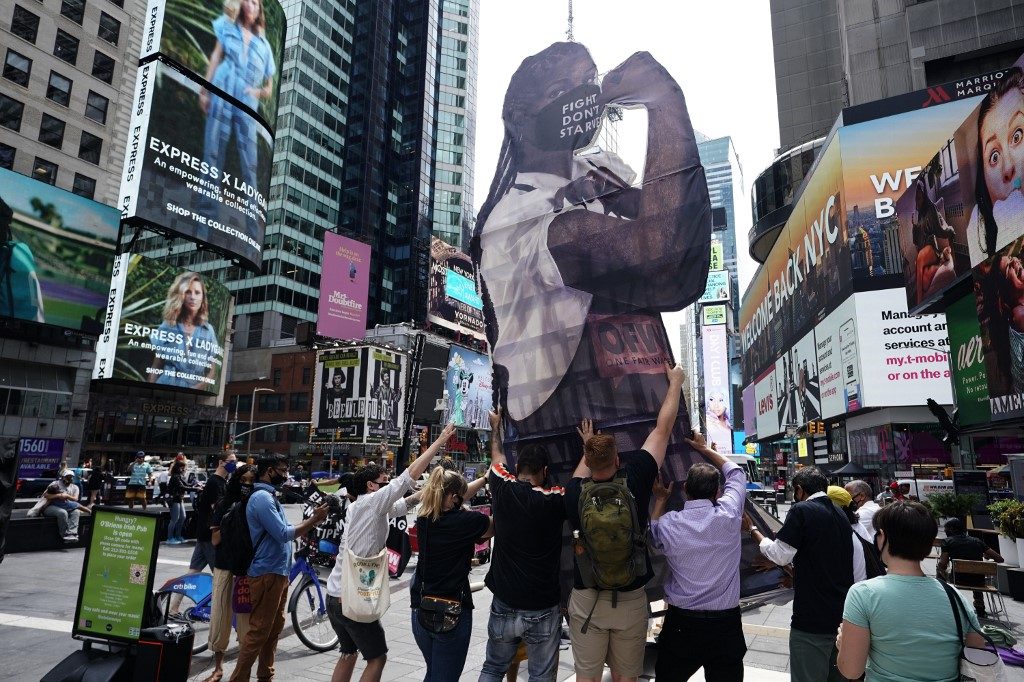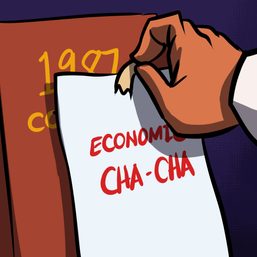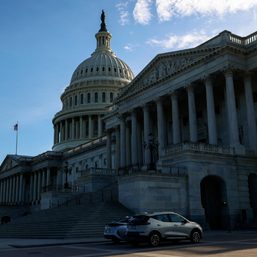SUMMARY
This is AI generated summarization, which may have errors. For context, always refer to the full article.

Economic growth and job gains continued in most of the United States but the pace has slowed in many areas while spending remains far below pre-pandemic levels, the Federal Reserve said on Wednesday, September 2.
The Fed’s beige book survey of economic conditions highlighted “rising instances of furloughed workers being laid off permanently as demand remained soft,” especially in the hard-hit services industries.
As monetary policymakers prepare for their next meeting later this month, the report shows the economy has not seen the sharp bounceback some had predicted, and which President Donald Trump has been betting on as the November presidential elections approach.
Based on data through August 24, the Fed’s beige book showed a mixed picture and lingering uncertainty as the coronavirus continues to impact the world’s largest economy, where more than 185,000 people have died from the disease.
While the report showed economic growth continued in much of the country, “gains were generally modest and activity remained well below levels prior to the COVID-19 pandemic.”
Home and vehicle sales were strong but “many districts noted a slowing pace of growth in these areas, and total spending was still far below pre-pandemic levels,” the Fed said.
“Employment increased overall among districts, with gains in manufacturing cited most often. However, some districts also reported slowing job growth and increased hiring volatility,” the survey said.
In the New York region, growth “has stalled…even as the spread of the virus has remained subdued and more businesses have gradually reopened.”
In Chicago, “employment and manufacturing increased strongly,” but a full recovery is not expected until late next year.
The report came after United Airlines announced it was laying off 16,000 workers next month on top of thousands of voluntary departures, the latest sign of the ill health of the travel industry, which executives say will not recover for months.
Exploding government debt
But companies also reported that they “continued to experience difficulty finding necessary labor, a matter compounded by day care availability, as well as uncertainty over the coming school year and jobless benefits,” the Fed said.
Congress in late March approved the $2.2-trillion CARES Act to provide emergency aid to businesses and workers who lost their jobs due to the COVID-19 shutdowns, and Fed contacts in several districts described the bill’s impact as positive while hoping for additional aid.
In the Philadelphia area “uncertainty is extremely high, as contacts worried about the end of stimulus measures, pending layoffs, and an inevitable rise of evictions, foreclosures, and bankruptcies.”
Even as many businesses, including the hard-hit airline industry, are calling for more government aid, the ballooning federal debt and deficits hang over the economic outlook.
In a separate report on Wednesday, the nonpartisan Congressional Budget Office (CBO) said the mountain of US government debt, swelled by rising deficit spending to deal with the coronavirus pandemic, will surpass the size of the national economy next year.
The deficit will increase to 107% of gross domestic product (GDP) by 2023, “the highest in the nation’s history,” surpassing the previous peak in 1946 after World War II, according to the CBO, which said its updated forecasts project that by 2030, the debt would equal 109% of GDP.
The budget deficit this year is expected to triple to $3.3 trillion, or 16% of GDP — the largest since 1945. – Rappler.com
Add a comment
How does this make you feel?







![[Time Trowel] Evolution and the sneakiness of COVID](https://www.rappler.com/tachyon/2024/02/tl-evolution-covid.jpg?resize=257%2C257&crop=455px%2C0px%2C1080px%2C1080px)











There are no comments yet. Add your comment to start the conversation.